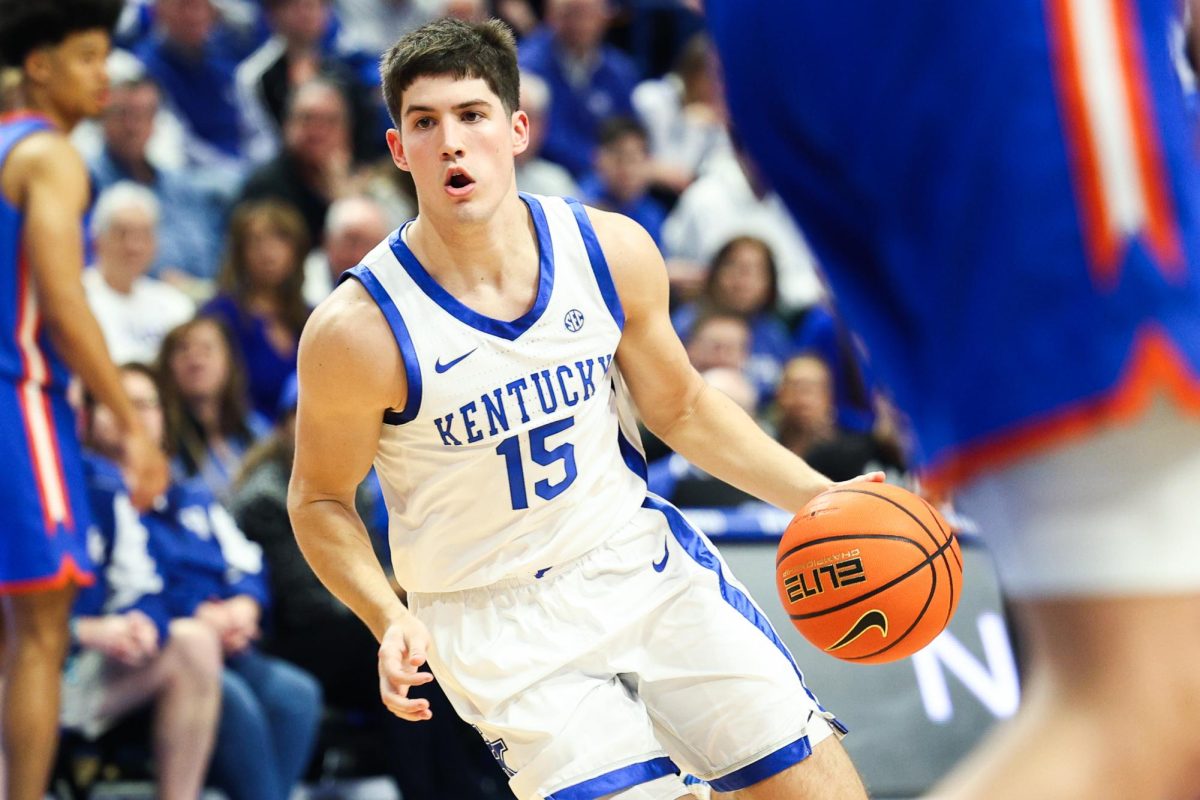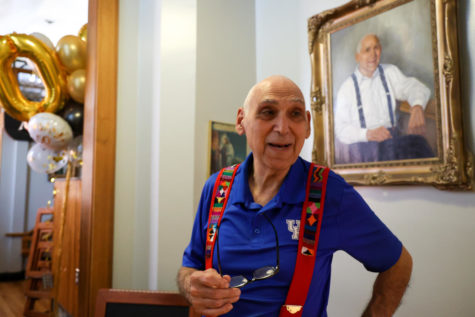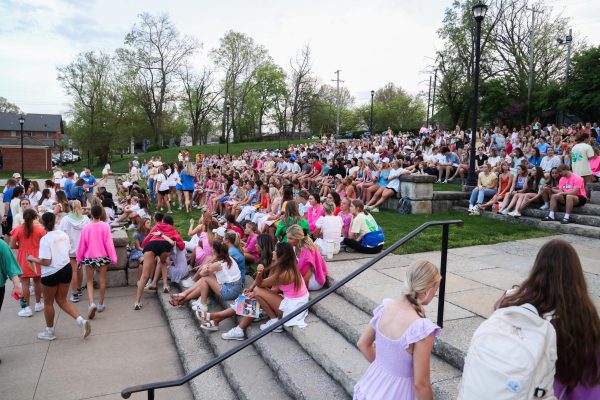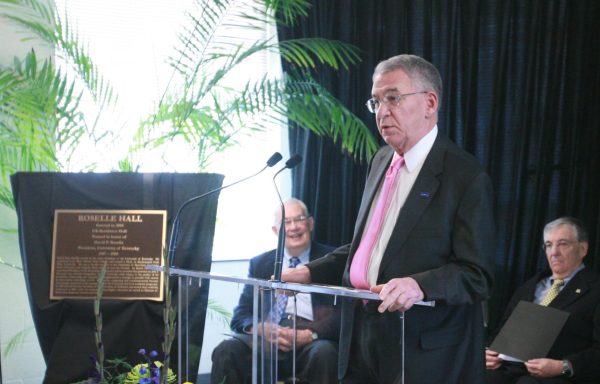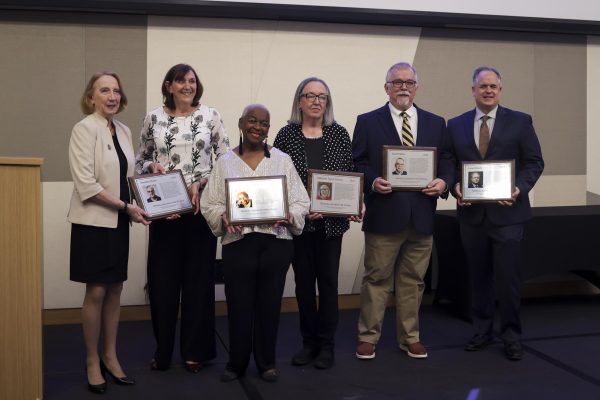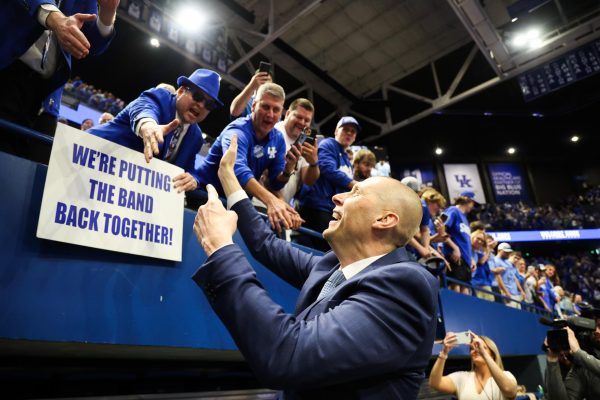Canon, UK host Explorer of Light
November 4, 2009
The most beautiful scenes of nature are hard to portray on paper, but one photographer has mastered the art of capturing such landscapes.
UK’s Department of Art has partnered with Canon USA to bring Stephen Johnson, a landscape photographer, designer, teacher and Canon Explorer of Light to campus Wednesday at 6 p.m. in the Briggs Theatre.
The Explorers of Light program was created in the mid-1990s for photographers who have mastered their own specialty to share their expertise with others, according to Canon’s Web site.
The program gives student photographers a chance to learn from experts in the field.
“It’s just nice to get exposure to other people’s work as much as we possibly can,” said Sarah Ryle, an art history junior. “It doesn’t matter who you are or what you study, it’s good to have exposure to art in your everyday life.â€
Johnson’s pictures have been described as almost “unphotographic” because their clarity and purity of color, according to Canon’s Web site.
“It will be really good to see how he gets his images,” Ryle said.
Johnson has been photographing since 1973. His work has been featured in Life Magazine, MacWeek, Adobe Magazine, The New York Times and US News and World Report.
“I saw his work when I was just starting out as a photographer and he impressed me beyond belief,” said Ruth Adams, associate professor of photography.
Johnson has used landscape photography to draw attention to environmental issues. He investigated the human-altered heartland of California in a photographic exhibit and book called “The Great Central Valley Project,” according to his Web site.
“He’s been able to affect environmental issues by the photographs he takes,” Adams said.
For 20 years, Johnson has looked for ways to use computers as new photographic and design tools. He has worked to develop software and products for clients such as Apple, Kodak, Hewlett Packard and Adobe.
In 1994, Johnson started a project called “With a New Eye,” which looks at America’s national parks using digital sensors rather than film to make his photographs, according to his Web site.
“He will be showing us his work and talking about his photographs,” Adams said.


















































